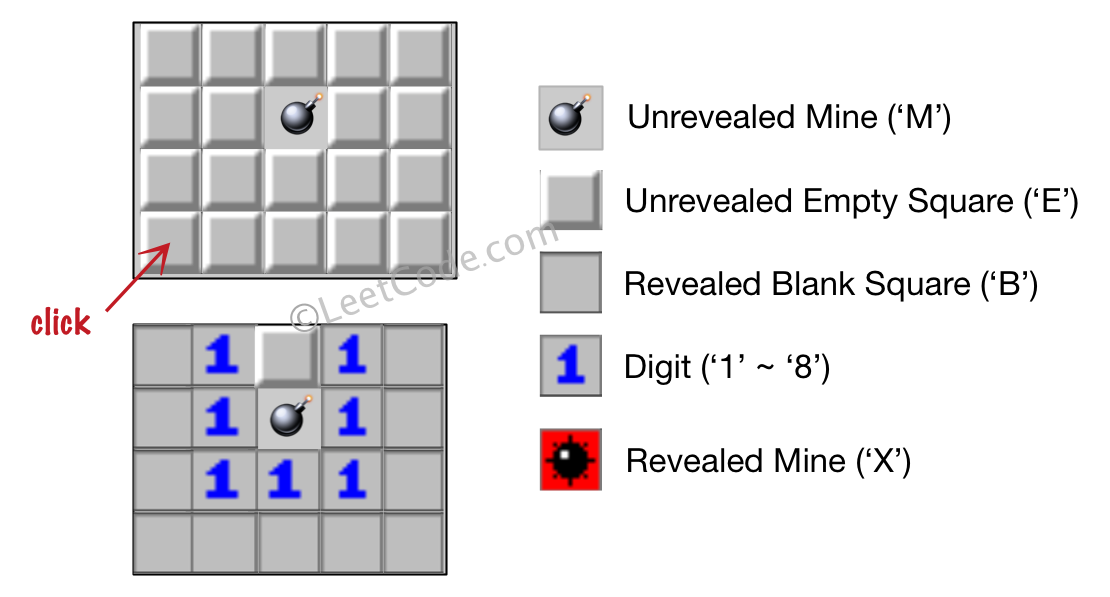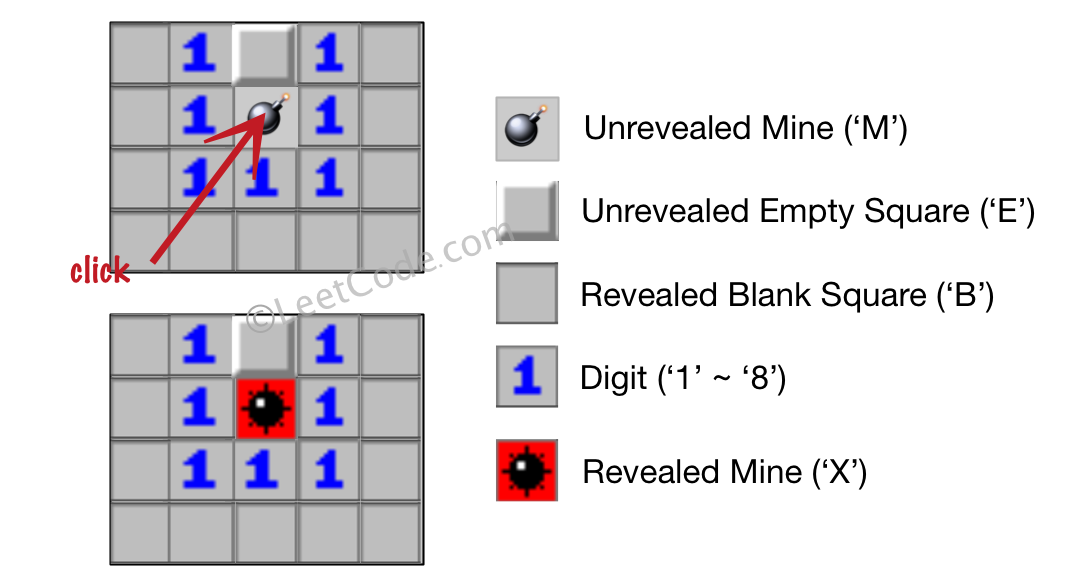You are given a 0-indexed array of
n integers arr.The interval between two elements in
arr is defined as the absolute difference between their indices. More formally, the interval between arr[i] and arr[j] is |i - j|.Return an array
intervals of length n where intervals[i] is the sum of intervals between arr[i] and each element in arr with the same value as arr[i].Note:
|x| is the absolute value of x.Example 1:
Input: arr = [2,1,3,1,2,3,3]
Output: [4,2,7,2,4,4,5]
Explanation:
- Index 0: Another 2 is found at index 4. |0 - 4| = 4
- Index 1: Another 1 is found at index 3. |1 - 3| = 2
- Index 2: Two more 3s are found at indices 5 and 6. |2 - 5| + |2 - 6| = 7
- Index 3: Another 1 is found at index 1. |3 - 1| = 2
- Index 4: Another 2 is found at index 0. |4 - 0| = 4
- Index 5: Two more 3s are found at indices 2 and 6. |5 - 2| + |5 - 6| = 4
- Index 6: Two more 3s are found at indices 2 and 5. |6 - 2| + |6 - 5| = 5
Example 2:
Input: arr = [10,5,10,10]
Output: [5,0,3,4]
Explanation:
- Index 0: Two more 10s are found at indices 2 and 3. |0 - 2| + |0 - 3| = 5
- Index 1: There is only one 5 in the array, so its sum of intervals to identical elements is 0.
- Index 2: Two more 10s are found at indices 0 and 3. |2 - 0| + |2 - 3| = 3
- Index 3: Two more 10s are found at indices 0 and 2. |3 - 0| + |3 - 2| = 4
Constraints:
n == arr.length
1 <= n <= 10<sup>5</sup>*
1 <= arr[i] <= 10<sup>5</sup>题目大意:
求相同元素的下标差的和
解题思路:
暴力法是TLE,由于存在重复计算。用prefix和suffix来优化。
prefix为从某个元素为起点到前继节点下标差之和
suffix为从某个元素为起点到后继节点下标差之和
结果 = prefix[i] + suffix[i]
解题步骤:
- 用Map来存储相同元素的下标
- 用prefix和suffix来计算每个元素的结果
注意事项:
- 一开始用presum表示从起点到其他下标的差之和。这不能用于某个元素的前继元素下标差之和。所以要改成从某个元素为起点到前继节点下标差之和
Python代码:
1 | def getDistances(self, arr: List[int]) -> List[int]: |
算法分析:
时间复杂度为O(n),空间复杂度O(n)





